Bern Riddle 1: De olla
NEVILLEMOGFORD
Date: Thu 26 Nov 2020Matching Commentaries: Commentary for Bern Riddle 1: De olla
Ego nata duos patres habere dinoscor:
Prior semper manet; alter, qui vita finitur.
Tertia me mater duram mollescere cogit
Et tenera giro formam adsumo decoram.
Nullum dare victum frigenti corpore possum,
Calida sed cunctis salubres porrego pastos.I am distinguished by being the daughter of two fathers:
the first always remains; the second is limited in life.
A third, my mother, turns me from hard to soft,
and when soft, I assume a suitable form in a spin.
I can give no nourishment from a cold body,
but, when warmed, I offer up wholesome foods to everyone.
Notes:
This edition is based on Karl Strecker, ed., Poetae Latini aevi Carolini, vol. 4.2 (Berlin, MGH/Weidmann, 1923), page 737-8.
A list of variant readings can be found in Fr. Glorie, ed., Variae collectiones aenigmatum Merovingicae aetatis, Corpus Christianorum, Series Latina 133A (Turnhout: Brepols, 1968), page 547.
Tags: latin Bern Riddles
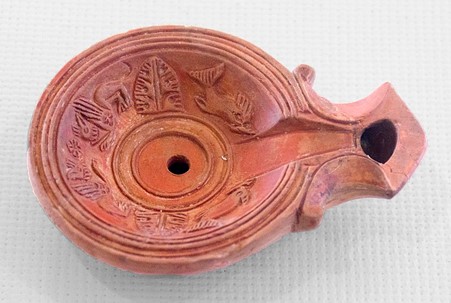
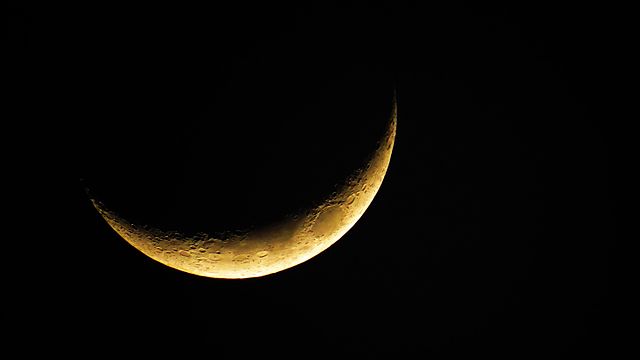

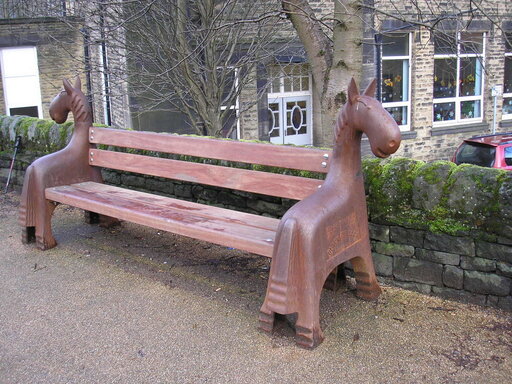
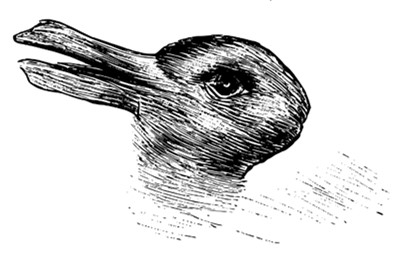
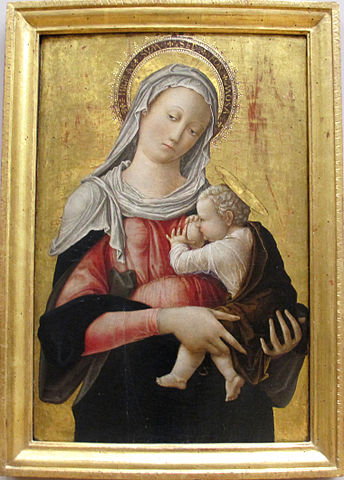
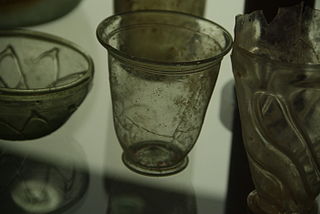
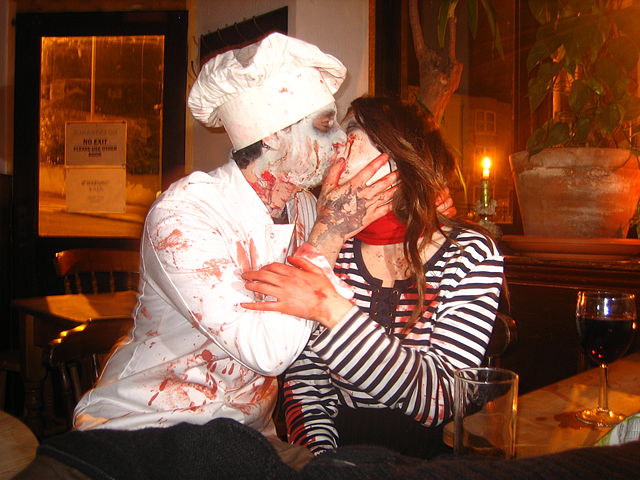
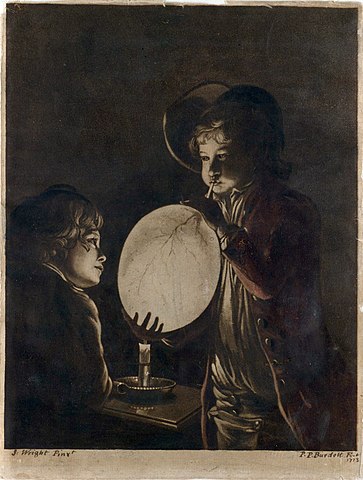


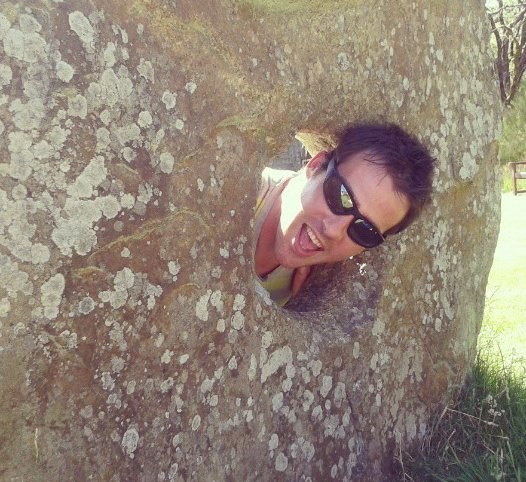
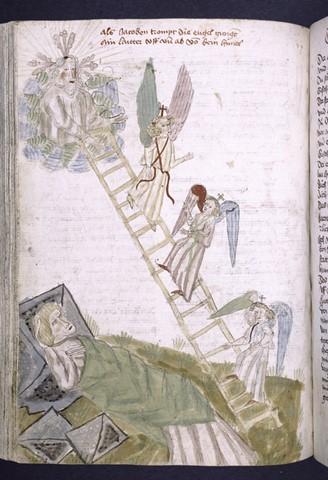

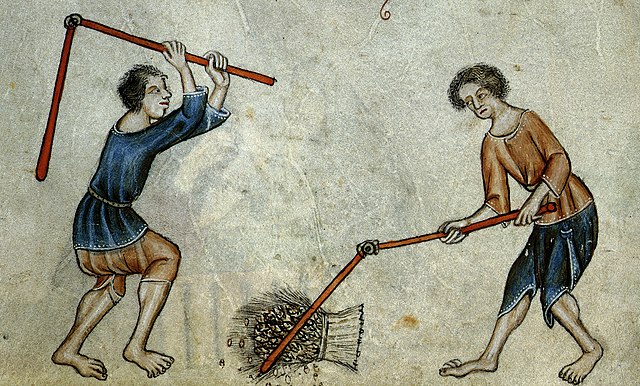
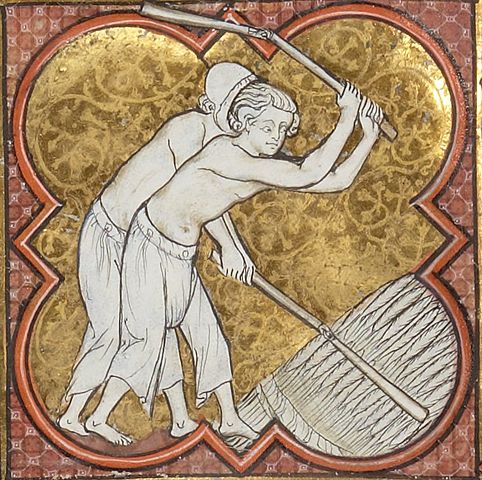
Commentary for Bern Riddle 1: De olla
NEVILLEMOGFORD
Date: Fri 11 Dec 2020Matching Riddle: Bern Riddle 1: De olla
Storms! Philosophy! God! Heaven! Humankind! These are some of the suitably epic subjects that other medieval riddle collections begin with. The first of the Bern riddles, on the other hand, is all about the humble clay pot. But this does not mean that Bern Riddle 1 is mundane. In fact, it is quite the opposite—it describes an ordinary object in very unexpected and fantastical ways.
Pottery is one of the oldest and most important human technologies. Once you learn that clay hardens when baked at high temperatures, you can create all kinds of lovely things—bowls, flasks and jugs, as well as lamps, weights and figurines, and bricks and tiles. Oh, and pots!
Before I start on the riddle, here’s a very brief potted history… of pottery.
Early medieval pottery is incredibly diverse, and it varies greatly by region and time, depending on the material, design, and technologies involved. For example, in England, pottery from the 6th and 7th centuries was typically made on a small scale, shaped by hand, and fired on bonfires. The pottery wheel was introduced by the 9th century and production became more specialised. By the 10th century, a lot of pottery was produced in towns, often using techniques such as wheel-throwing and large, chimneyed kilns.
In Lombardy, where some scholars think the Bern riddles were written, the situation was more complex still, but the general pattern was the same. The turbulent 7th century brought a general decline in quality, but wheels continued to be used in many places, and the pottery industry expanded again from the 800s onwards alongside the newly expanding cities.
Anyway, enough history—let’s get back to the riddle! As with most of the Bern riddles, it is written from the perspective of the object—a technique known as prosopopoeia. The pot riddle is the first of eleven riddles on domestic subjects, and the riddle-creator may have been influenced by chapter XX of Isidore of Seville’s very influential, 7th century encyclopedia, The Etymologies (Salvador-Bello, pages 257-8). On a less scholarly note, when I think of these riddles, I immediately think of the anthropomorphic Mrs Potts, Lumiere and co. in Disney’s Beauty and the Beast. Prosopopoeia is still very relevant in our culture today.
Lines 1 and 2 are all about the material of the pot. They challenge us to explain how a daughter can have two fathers, one immortal and the other mortal. Some readers will know that Latin has three genders—masculine, feminine, and neuter. In these riddles, the grammatical gender of the solution is often depicted in terms of human gender identity. For example, the Latin for pot (olla) is feminine, and so the pot becomes a daughter (nata) rather than a son (natus). The same is true about the fathers. The father who dies is probably fire (ignis) and the father who endures is probably clay (limus)—both words are grammatically masculine. Alternatively, Thomas Klein has argued that the father who dies is the maker of the pot and the father who lives is fire or heat (Klein, pages 407-8).
Lines 3 and 4 explain how the clay is softened, shaped and spun. The single word giro (literally “in a circle”) tells us that the riddler was familiar with pottery wheels—which would fit nicely with the idea that the Bern riddles were written in Italy. The mother in line three could be the hand (manus) that kneads the clay or the water that softens it (aqua). This depends on how we understand the word dura (“hard”), which can refer to either the mother or the child.
Just like the Exeter Book riddles, the Bern riddles sometimes use innuendo. Line 3 tells us that a soft thing is twisted into a “suitable form.” This reminds me of the stiþes nathwæt (“something stiff”) of Exeter Riddle 54. It also makes Bern Riddle 1 a medieval precursor to the sexy pottery scene in the popular 1990s film Ghost .
The final two lines refer to the firing of the pot in a kiln or open fire (“when warmed”), which is needed before it can feed people. The riddle then closes with the offer of food to everyone. Thanks, pot—don’t mind if I do!
Bern Riddle 1 is the perfect introduction to the Bern riddles. It contains many of the themes and motifs that we find elsewhere in the collection: children and parents, life and death, feeding and food-giving, the body, and opposites. And, just like the other riddles, it still captures our imagination today, through its uncanny knack of making ordinary objects seem extraordinary and wondrous.
References and Suggested Reading:
On early medieval pottery
Hamerow, Helena. “Pottery.” In The Wiley Blackwell Encyclopedia of Anglo-Saxon England. Edited by Michael Lapidge, John Blair, Simon Keynes, and Donald Scragg, Second Edition. Chichester: Whiley-Blackwell, 2014. pages 381-3
Wickham, Chris. Framing the Early Middle Ages: Europe and the Mediterranean, 400-800. Oxford: Oxford University Press, 2005. pages 728-741
On the riddle
Klein, Thomas. “Pater Occultus: The Latin Bern Riddles and Their Place in Early Medieval Riddling.” Neophilologus 103 (2019), pages 339-417.
Röösli, Samuel. “The Pot, the Broom, and Other Humans: Concealing Material Objects in the Bern Riddles.” In Secrecy and Surveillance in Medieval and Early Modern England. Edited by Annette Kern-Stähler & Nicole Nyffenegger. Swiss Papers in English Language and Literature (SPELL), Vol. 37 (Tübingen: Gunter Narr Verlag, 2020), pages 87-104.
Winferfeld, Paul. “Observationes criticalae.” Philologus vol. 53 (1899), pages 289-95.
Tags: latin Bern Riddles
Related Posts:
Commentary for Exeter Riddle 54
Bern Riddle 1: De olla